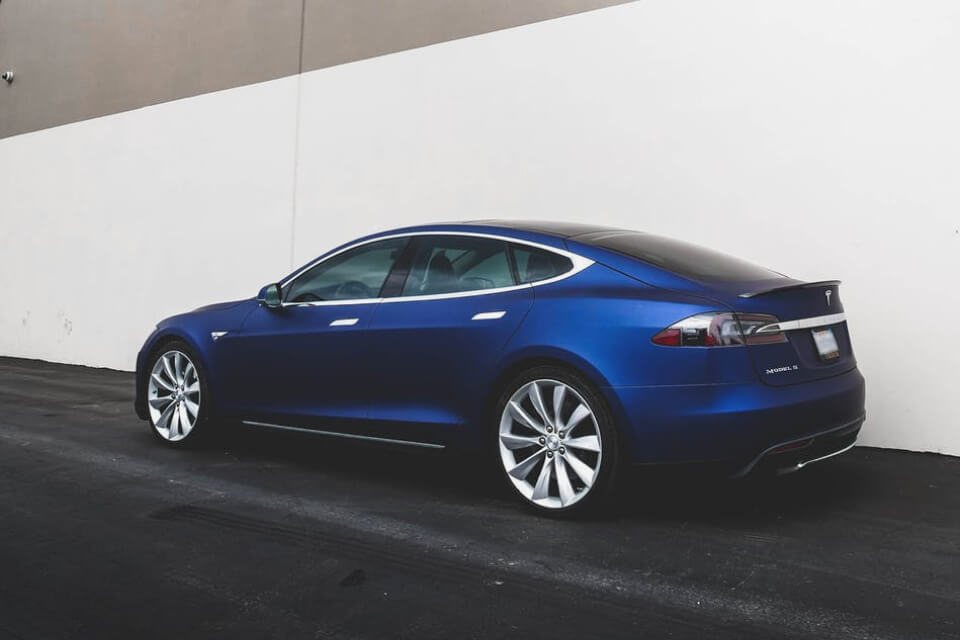In recent years, the automotive industry has witnessed a remarkable transformation, primarily driven by the integration of artificial intelligence (AI) technologies. How AI is Enhancing Safety in Modern Vehicles is a critical topic that highlights the innovative ways AI is being utilized to improve road safety and reduce accidents. From advanced driver-assistance systems (ADAS) to predictive analytics, AI is reshaping the driving experience, making it safer and more efficient for everyone on the road.
As we delve deeper into this topic, you will discover the various AI-driven features that are revolutionizing vehicle safety. We will explore how machine learning algorithms analyze real-time data to detect potential hazards, enabling vehicles to respond proactively to dangerous situations. Additionally, we will discuss the role of AI in enhancing vehicle-to-vehicle (V2V) communication, which allows cars to share critical information and improve overall traffic safety.
Furthermore, this article will shed light on the future of AI in the automotive sector, including the development of fully autonomous vehicles and their implications for road safety. By understanding the advancements in AI technology, you will gain insights into how these innovations are not only protecting drivers and passengers but also contributing to a more sustainable and safer transportation ecosystem. Stay with us as we uncover the fascinating ways AI is enhancing safety in modern vehicles!
Advanced Driver Assistance Systems (ADAS)
Advanced Driver Assistance Systems (ADAS) are a cornerstone of modern vehicle safety, utilizing AI to enhance the driving experience. These systems include features such as adaptive cruise control, lane-keeping assistance, and automatic emergency braking. By analyzing data from various sensors, cameras, and radar, AI can make real-time decisions to assist drivers in avoiding potential accidents.
For instance, lane-keeping assistance uses AI algorithms to detect lane markings and ensure that the vehicle remains centered within its lane. This not only helps prevent unintentional lane departures but also reduces driver fatigue on long journeys. As these systems continue to evolve, they are becoming increasingly sophisticated, integrating machine learning to improve their accuracy and responsiveness.
Collision Avoidance Systems
Collision avoidance systems are another critical application of AI in vehicle safety. These systems leverage AI to predict potential collisions by analyzing the speed and trajectory of surrounding vehicles and obstacles. When a potential collision is detected, the system can alert the driver or even take corrective actions, such as applying the brakes automatically.
By utilizing deep learning techniques, these systems can improve their predictive capabilities over time, learning from past incidents and near-misses. This continuous learning process enhances the overall safety of the vehicle, making it more adept at navigating complex driving environments, such as busy urban areas or adverse weather conditions.
Driver Monitoring Systems
Driver monitoring systems are designed to ensure that the driver remains attentive and alert while driving. AI-powered cameras and sensors can track the driver’s eye movements, facial expressions, and even heart rate to detect signs of drowsiness or distraction. If the system identifies that the driver is not paying attention, it can issue warnings or suggest taking a break.
This technology is particularly important in preventing accidents caused by driver fatigue or distraction, which are significant contributors to road incidents. By integrating AI into these monitoring systems, manufacturers can create a safer driving environment, ultimately reducing the likelihood of accidents caused by human error.
Predictive Maintenance
Predictive maintenance is an innovative approach that uses AI to anticipate vehicle maintenance needs before they become critical issues. By analyzing data from various sensors within the vehicle, AI can identify patterns and predict when components are likely to fail. This proactive approach allows drivers to address potential problems before they lead to breakdowns or accidents.
For example, if the AI detects unusual wear patterns in the brakes or tires, it can alert the driver to schedule maintenance. This not only enhances safety but also improves the vehicle’s overall reliability and performance. As AI technology continues to advance, predictive maintenance will become an integral part of vehicle safety strategies.
Enhanced Navigation Systems
AI is also transforming navigation systems, making them safer and more efficient. Modern navigation systems use AI to analyze real-time traffic data, road conditions, and even weather patterns to provide optimal routing suggestions. This helps drivers avoid congested areas and hazardous conditions, reducing the risk of accidents.
Moreover, AI can learn from user preferences and driving habits, offering personalized route recommendations that enhance the overall driving experience. By integrating AI into navigation systems, vehicles can not only improve safety but also contribute to more efficient travel, ultimately reducing stress for drivers.
Vehicle-to-Everything (V2X) Communication
Vehicle-to-Everything (V2X) communication is an emerging technology that allows vehicles to communicate with each other and with infrastructure, such as traffic lights and road signs. AI plays a crucial role in processing and analyzing the vast amounts of data generated by these communications, enabling vehicles to make informed decisions in real-time.
This technology enhances safety by providing drivers with critical information about potential hazards, such as upcoming traffic jams or accidents. By facilitating better communication between vehicles and their environment, V2X can significantly reduce the likelihood of collisions and improve overall traffic flow.
Autonomous Vehicles
Autonomous vehicles represent the pinnacle of AI integration in vehicle safety. These vehicles rely on advanced AI algorithms to navigate and make decisions without human intervention. By utilizing a combination of sensors, cameras, and machine learning, autonomous vehicles can perceive their surroundings and respond to dynamic driving conditions.
The safety potential of autonomous vehicles is immense, as they are designed to eliminate human error, which is a leading cause of accidents. As technology continues to advance, the deployment of fully autonomous vehicles could revolutionize road safety, making transportation safer for everyone.
Cybersecurity in Connected Vehicles
As vehicles become increasingly connected, cybersecurity has emerged as a critical aspect of vehicle safety. AI is being employed to enhance the security of connected vehicles by detecting and responding to potential cyber threats in real-time. This proactive approach helps protect sensitive data and ensures the integrity of vehicle systems.
By utilizing machine learning algorithms, these systems can identify unusual patterns of behavior that may indicate a cyber attack. As the automotive industry continues to embrace connectivity, robust cybersecurity measures powered by AI will be essential in safeguarding both vehicles and their occupants.
AI Enhancing Safety in Modern Vehicles
| Aspect | Description |
|---|---|
| Advanced Driver Assistance Systems (ADAS) | AI powers systems like lane-keeping assist, adaptive cruise control, and automatic emergency braking, helping to prevent accidents. |
| Collision Avoidance | AI algorithms analyze data from sensors to predict potential collisions and take preventive actions, such as braking or steering adjustments. |
| Driver Monitoring | AI systems monitor driver behavior for signs of fatigue or distraction, providing alerts to ensure the driver remains attentive. |
| Predictive Maintenance | AI analyzes vehicle data to predict maintenance needs, reducing the risk of breakdowns and enhancing overall safety. |
| Smart Traffic Management | AI helps in optimizing traffic flow and reducing congestion, which can lead to fewer accidents and safer driving conditions. |
| Enhanced Navigation Systems | AI-driven navigation systems provide real-time updates on road conditions, accidents, and hazards, allowing drivers to make safer route choices. |
| Vehicle-to-Everything (V2X) Communication | AI facilitates communication between vehicles and infrastructure, improving awareness of surroundings and enhancing safety measures. |
| Autonomous Vehicles | AI is at the core of self-driving technology, which aims to eliminate human error, a leading cause of accidents, thereby enhancing road safety. |



